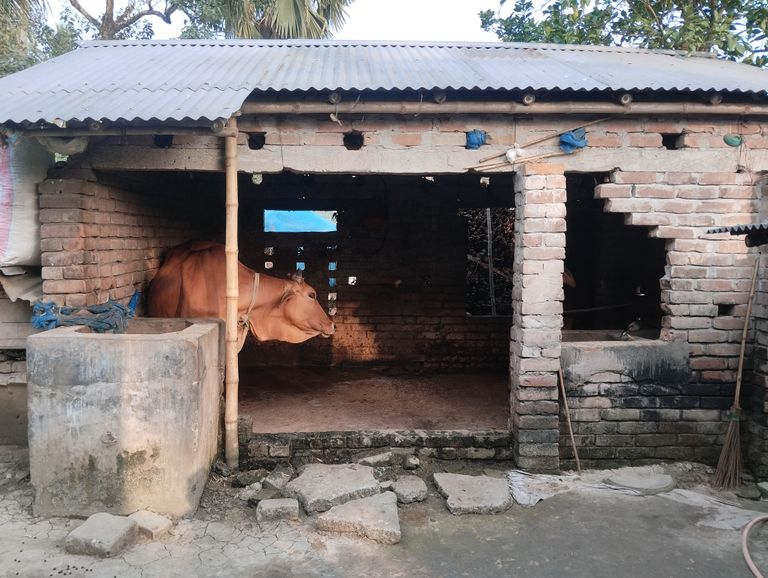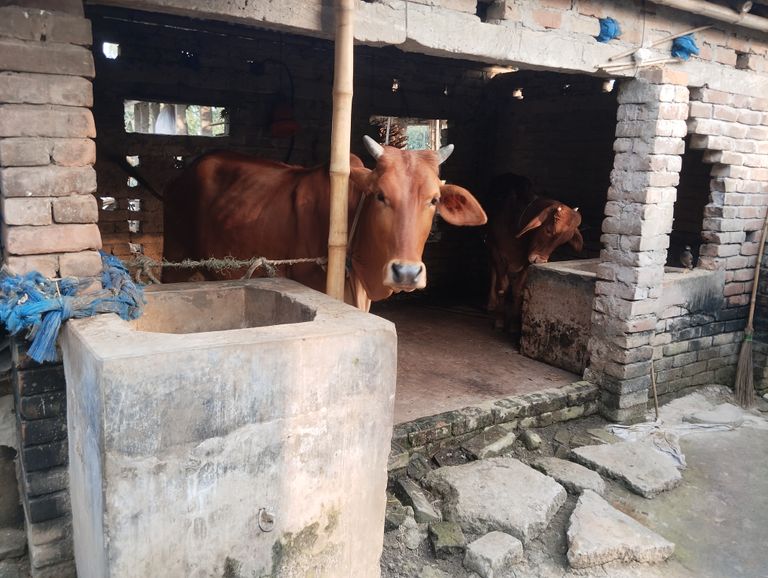How to Rear Cattle at Home: A Comprehensive Guide.
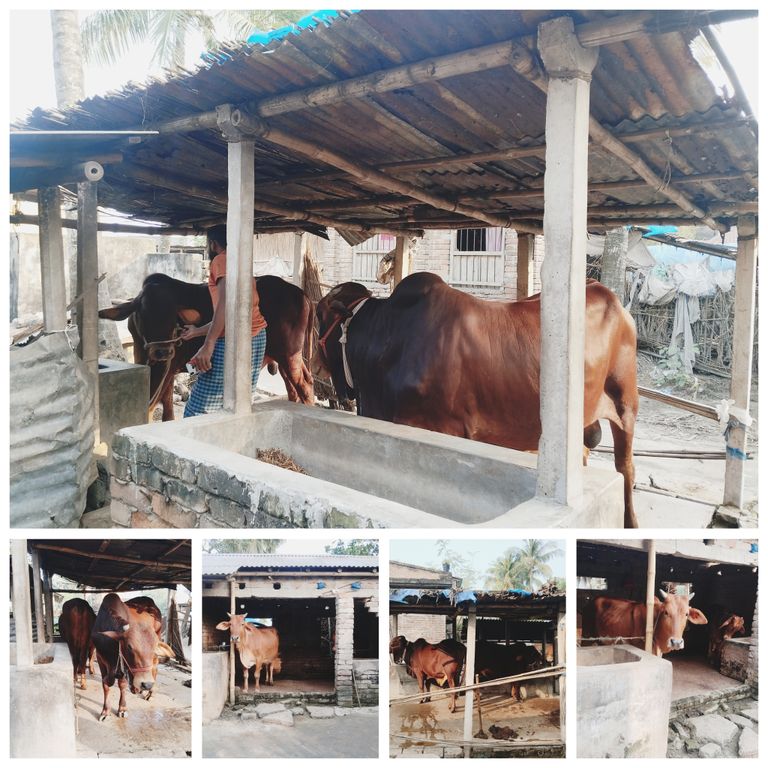
Cattle rearing at home can be a rewarding endeavor, providing fresh dairy products, organic manure, and a sustainable source of income. Whether you are a seasoned farmer or a beginner, adopting proper methods ensures the health and productivity of your cattle. This blog will guide you through the essential steps and techniques for successful cattle rearing at home.
- Choosing the Right Breed
The first step in cattle rearing is selecting the right breed based on your needs and climate.
Dairy Breeds: If milk production is your goal, consider high-yielding breeds like Jersey, Holstein Friesian, or Sahiwal.
Meat Breeds: For beef production, choose breeds like Angus or Hereford.
Dual-purpose Breeds: Breeds like Red Sindhi or Tharparkar provide both milk and meat.
Consider local breeds for better adaptability and resistance to diseases in your region.
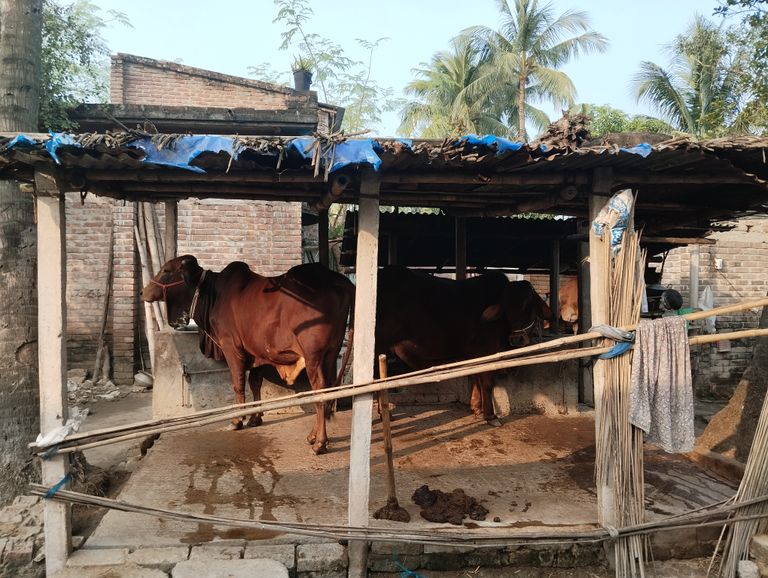
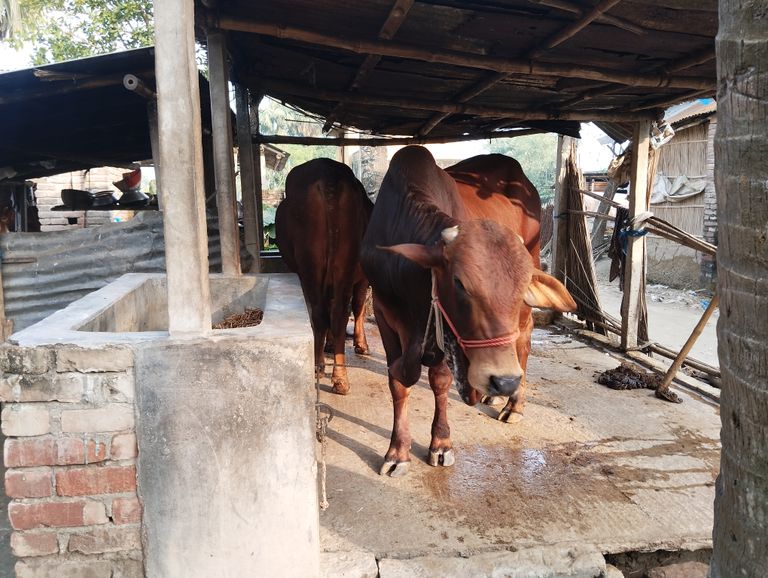
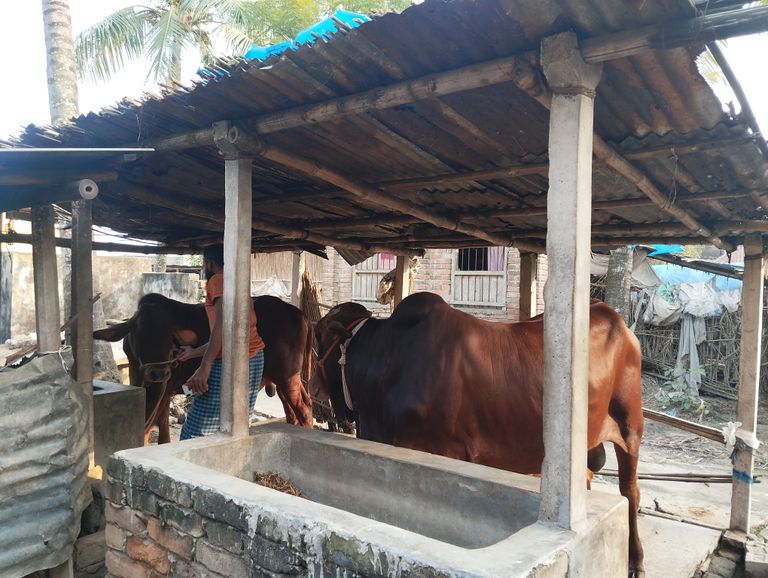
- Setting Up a Proper Shelter
Cattle need a clean, dry, and well-ventilated shelter to stay healthy.
Space Requirements: Each cow requires at least 4-5 square meters of space. Ensure there’s enough room for movement.
Flooring: Use non-slippery materials such as concrete, with proper drainage to keep the area dry.
Roof: Provide a sturdy roof to protect against extreme weather conditions like rain or heat.
Lighting and Ventilation: Ensure proper natural light and air circulation to reduce disease risks.
- Feeding and Nutrition
Proper nutrition is crucial for the growth and productivity of your cattle.
Balanced Diet: Include a mix of green fodder, dry fodder, grains, and mineral supplements.
Water: Provide clean drinking water at all times. An average cow drinks 30-50 liters of water daily.
Feeding Schedule: Feed the cattle 2-3 times a day, maintaining a fixed schedule.
Special feeds like silage or hay can be used during dry seasons when fresh fodder is unavailable.
- Health Management
Keeping your cattle healthy is vital for their productivity.
Vaccination: Regularly vaccinate against diseases like Foot-and-Mouth Disease (FMD), Black Quarter, and Hemorrhagic Septicemia.
Deworming: Deworm the cattle every 3-6 months to prevent parasitic infections.
Veterinary Check-ups: Schedule regular visits from a vet to monitor their health.
Hygiene: Keep the shelter clean and disinfected to avoid infections.

- Breeding and Calf Care
Reproduction is an essential aspect of cattle rearing.
Breeding Method: Opt for natural breeding or artificial insemination based on availability and convenience.
Calving: Provide a clean and comfortable area for the cow during delivery. Monitor the process closely or seek veterinary assistance if needed.
Calf Care: Ensure the calf drinks colostrum (first milk) within the first 6 hours of birth for immunity. Provide a warm, clean space for the calf to grow.
- Waste Management
Cattle produce a significant amount of waste, which can be utilized effectively.
Manure: Use cattle dung as organic fertilizer for your crops or sell it to local farmers.
Biogas: Convert waste into biogas for cooking or electricity generation.
Proper waste management also ensures a clean environment around your cattle shed.
- Record Keeping
Maintaining records helps in better management and tracking progress.
Health Records: Note vaccination dates, illnesses, and treatments.
Production Records: Track milk yield, weight, and breeding details.
Expense and Income: Keep a log of feeding costs, veterinary expenses, and income from milk or meat sales.
- Ensuring Safety and Security
Protect your cattle from theft, predators, and accidents.
Fencing: Build a strong fence around the grazing area.
Supervision: Monitor cattle regularly, especially during grazing or calving.
Identification: Tag each cow with a unique number or microchip for easy identification.
- Regular Training and Learning
Stay updated on the latest cattle-rearing techniques by attending workshops, reading agricultural journals, or joining local farmer groups. Networking with other cattle rearers can provide valuable insights and support.
- Sustainable Practices
Adopt eco-friendly and sustainable methods to reduce environmental impact.
Rotational Grazing: Allow pastures to recover by rotating grazing areas.
Water Harvesting: Collect rainwater for cattle use.
Organic Farming: Use cattle manure and urine in your agricultural practices.
Conclusion
Rearing cattle at home requires dedication, proper planning, and care. By following these methods, you can ensure healthy, productive cattle while contributing to sustainable agriculture. Start small, learn continuously, and gradually expand your setup for long-term success.
